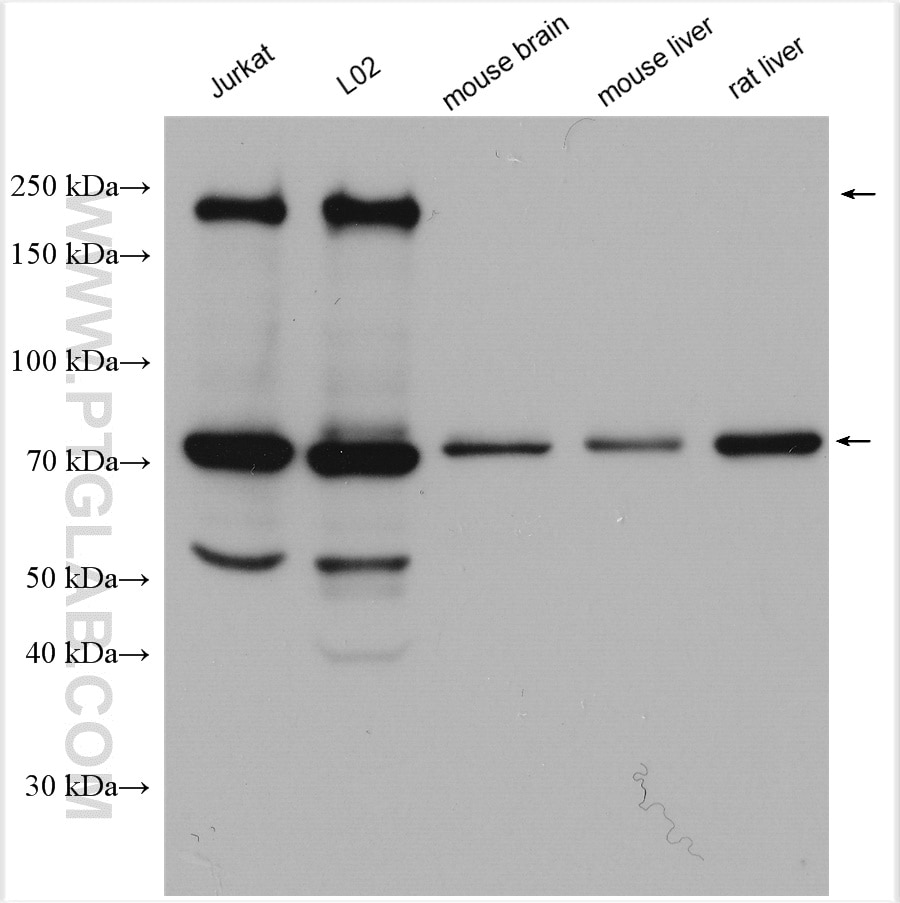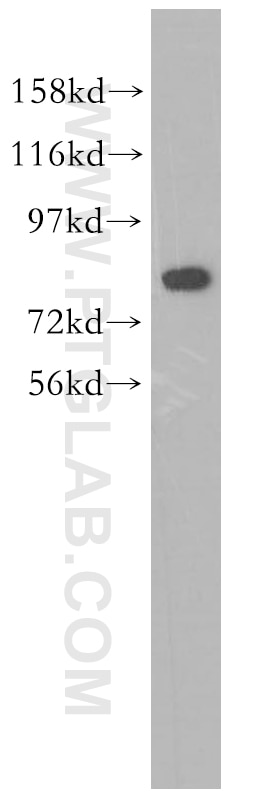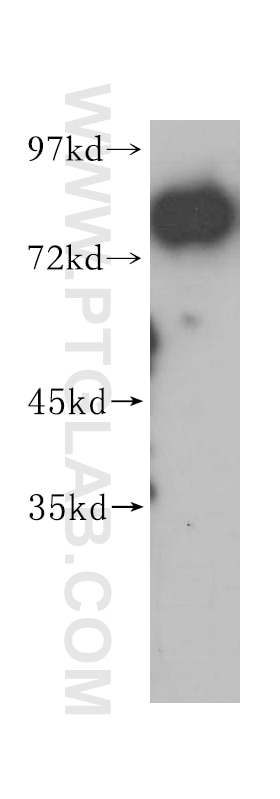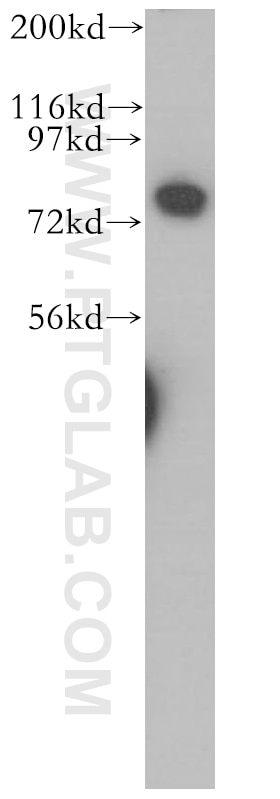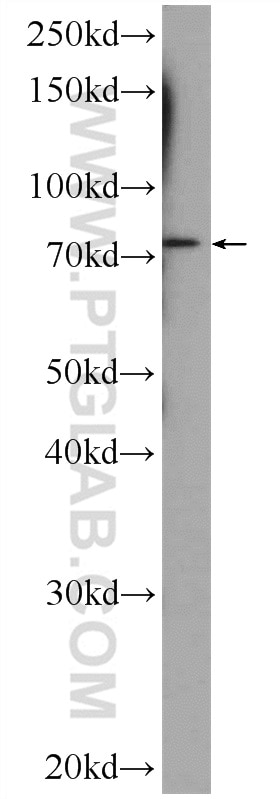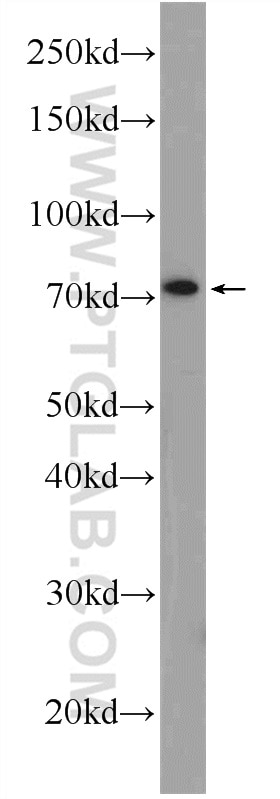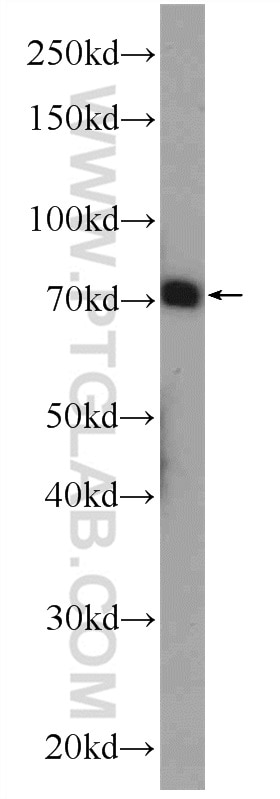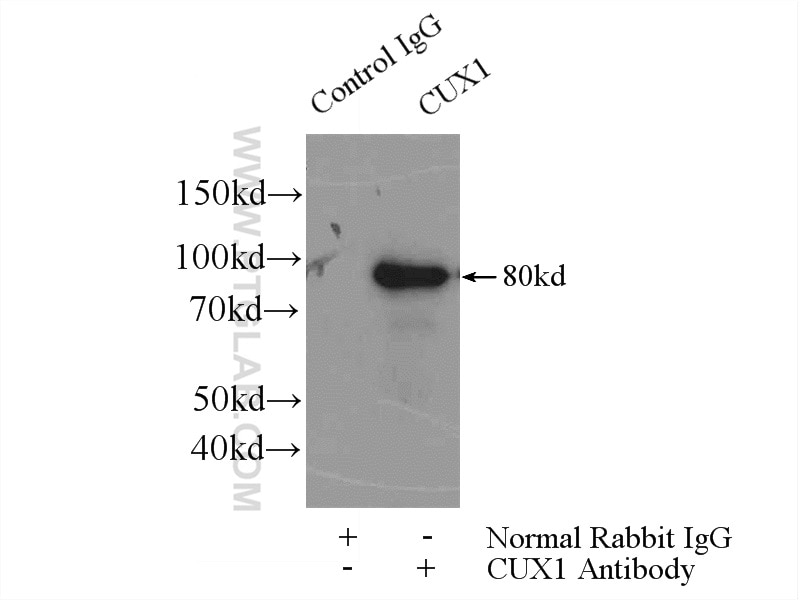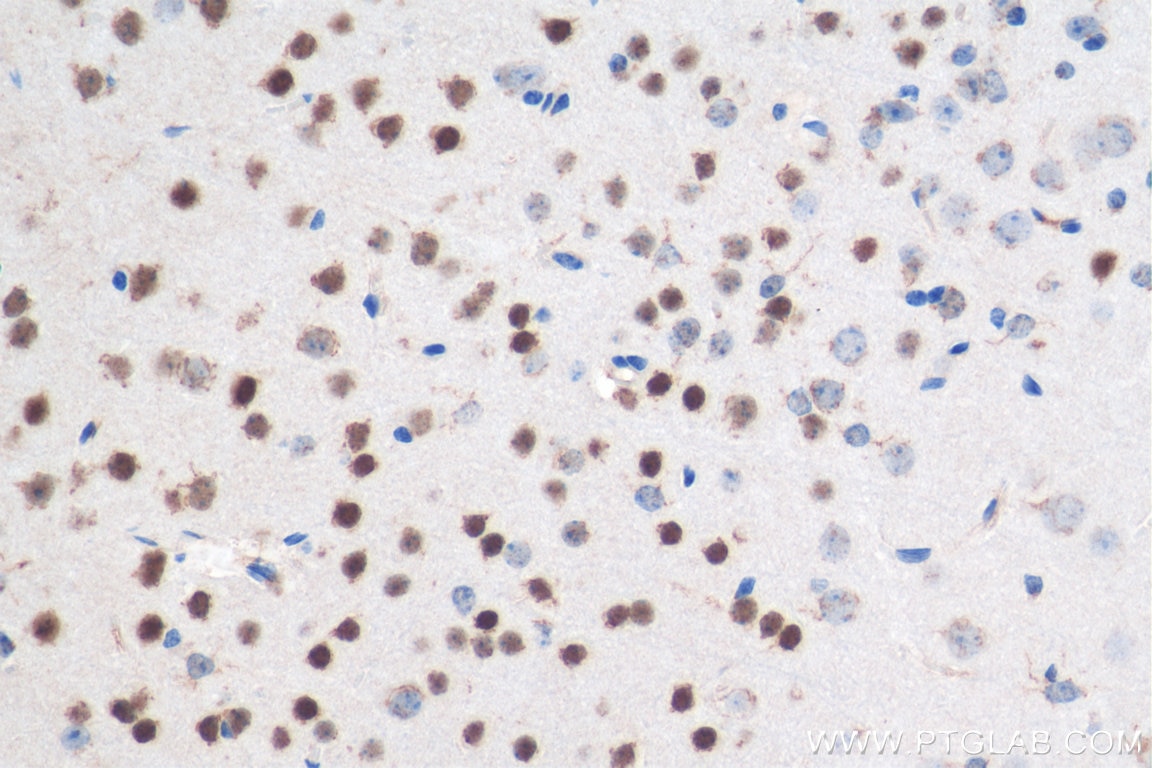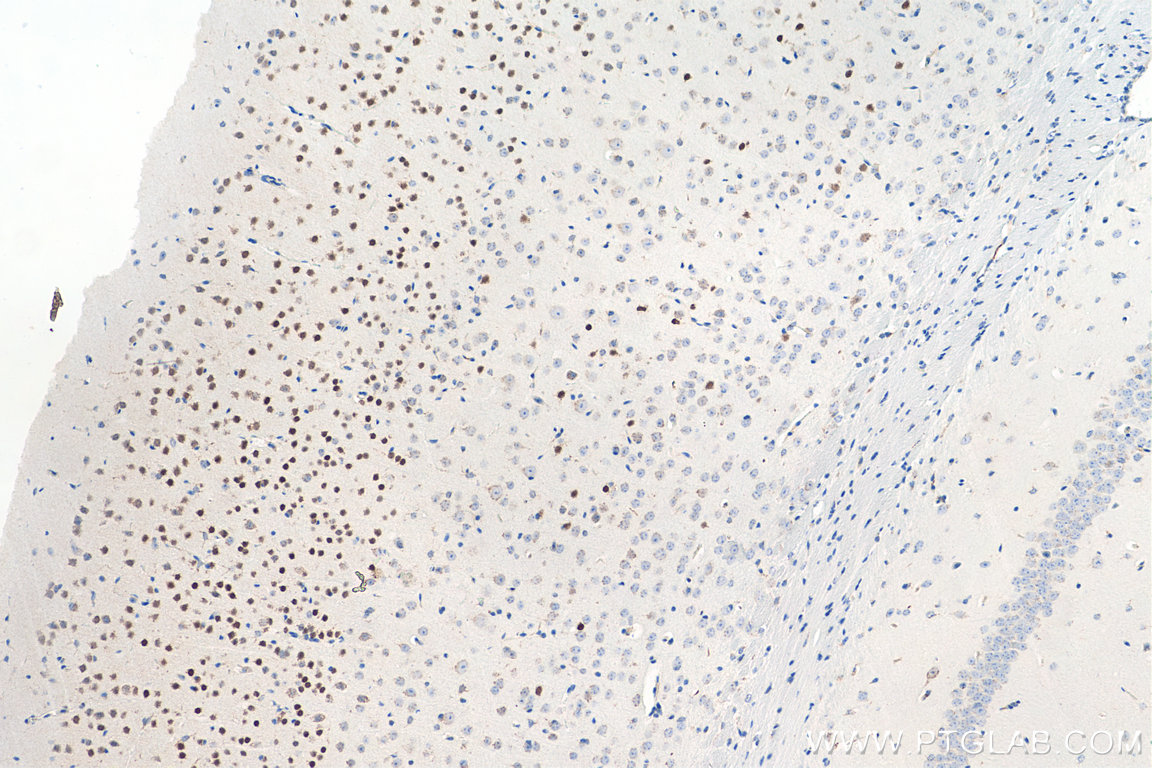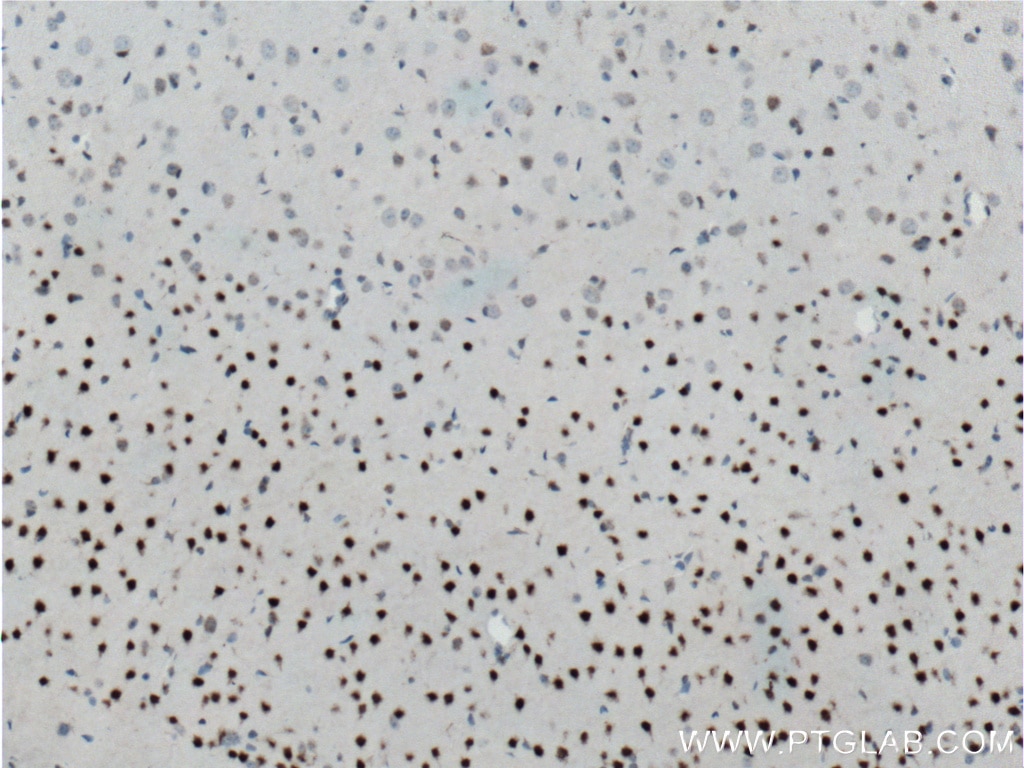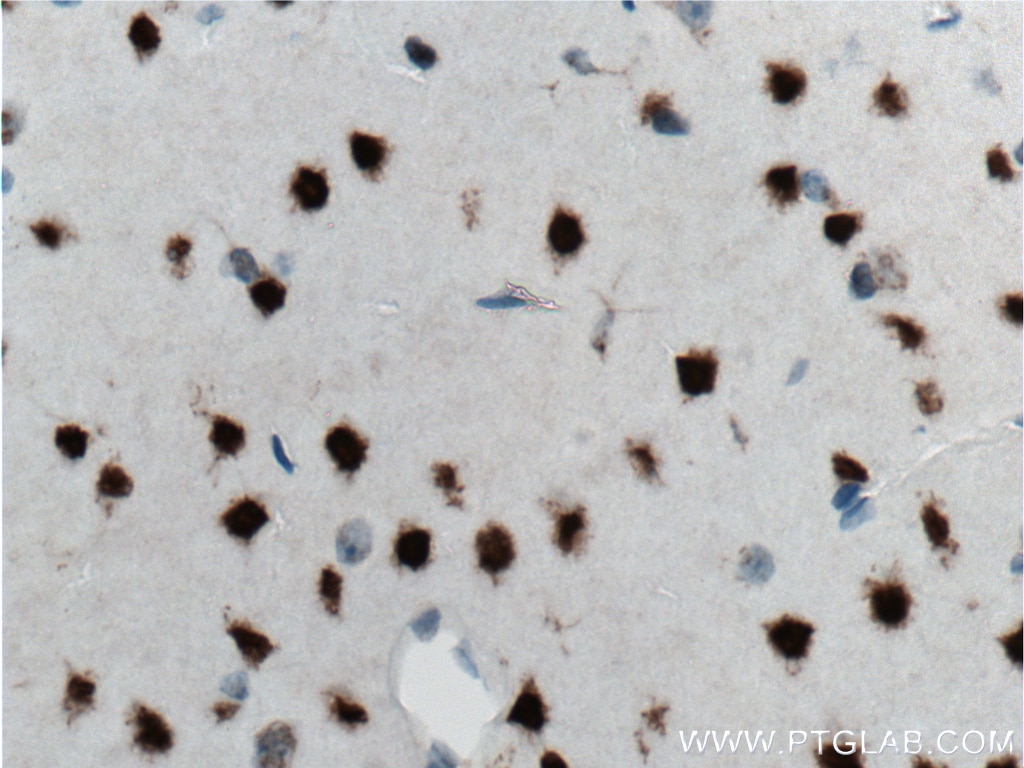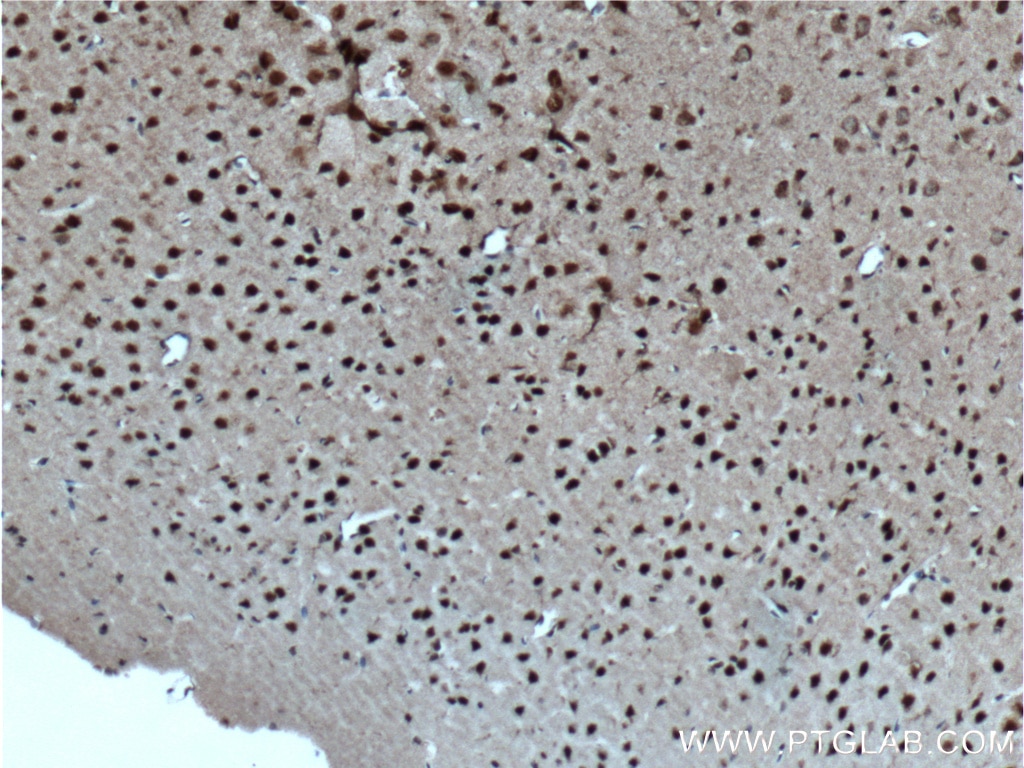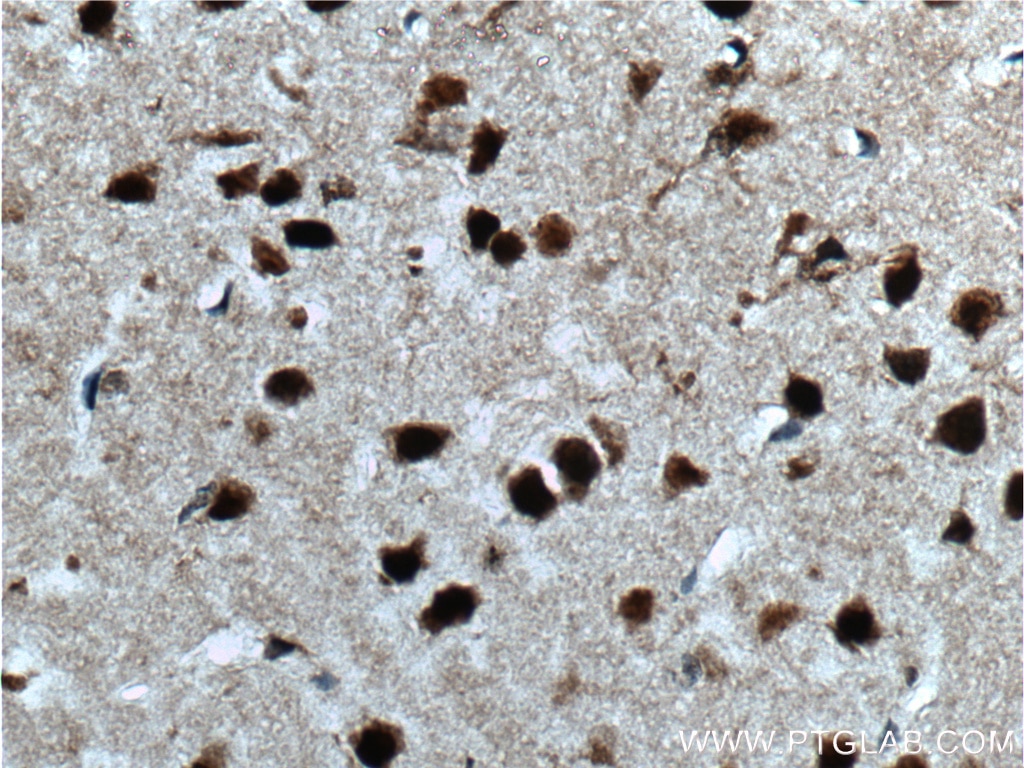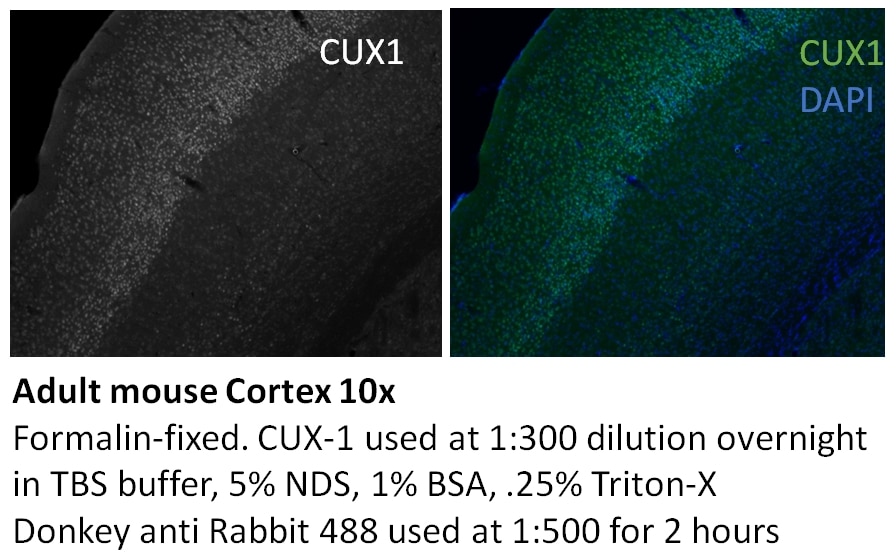- Phare
- Validé par KD/KO
Anticorps Polyclonal de lapin anti-CUX1
CUX1 Polyclonal Antibody for WB, IP, IF, IHC, ELISA
Hôte / Isotype
Lapin / IgG
Réactivité testée
Humain, rat, souris
Applications
WB, IP, IF, IHC, ELISA
Conjugaison
Non conjugué
N° de cat : 11733-1-AP
Synonymes
Galerie de données de validation
Applications testées
| Résultats positifs en WB | cellules Jurkat, cellules L02, tissu cérébral de rat, tissu cérébral de souris, tissu cérébral humain, tissu hépatique de rat, tissu hépatique de souris, tissu hépatique humain |
| Résultats positifs en IP | tissu cérébral de souris |
| Résultats positifs en IHC | tissu cérébral de souris, il est suggéré de démasquer l'antigène avec un tampon de TE buffer pH 9.0; (*) À défaut, 'le démasquage de l'antigène peut être 'effectué avec un tampon citrate pH 6,0. |
| Résultats positifs en IF | cortex de souris |
Dilution recommandée
| Application | Dilution |
|---|---|
| Western Blot (WB) | WB : 1:2000-1:16000 |
| Immunoprécipitation (IP) | IP : 0.5-4.0 ug for 1.0-3.0 mg of total protein lysate |
| Immunohistochimie (IHC) | IHC : 1:1000-1:4000 |
| Immunofluorescence (IF) | IF : 1:150-1:600 |
| It is recommended that this reagent should be titrated in each testing system to obtain optimal results. | |
| Sample-dependent, check data in validation data gallery | |
Applications publiées
| KD/KO | See 7 publications below |
| WB | See 14 publications below |
| IHC | See 17 publications below |
| IF | See 28 publications below |
| IP | See 1 publications below |
Informations sur le produit
11733-1-AP cible CUX1 dans les applications de WB, IP, IF, IHC, ELISA et montre une réactivité avec des échantillons Humain, rat, souris
| Réactivité | Humain, rat, souris |
| Réactivité citée | rat, Humain, souris |
| Hôte / Isotype | Lapin / IgG |
| Clonalité | Polyclonal |
| Type | Anticorps |
| Immunogène | CUX1 Protéine recombinante Ag2335 |
| Nom complet | cut-like homeobox 1 |
| Masse moléculaire calculée | 676 aa, 77 kDa |
| Poids moléculaire observé | 80 kDa |
| Numéro d’acquisition GenBank | BC025422 |
| Symbole du gène | CUX1 |
| Identification du gène (NCBI) | 1523 |
| Conjugaison | Non conjugué |
| Forme | Liquide |
| Méthode de purification | Purification par affinité contre l'antigène |
| Tampon de stockage | PBS avec azoture de sodium à 0,02 % et glycérol à 50 % pH 7,3 |
| Conditions de stockage | Stocker à -20°C. Stable pendant un an après l'expédition. L'aliquotage n'est pas nécessaire pour le stockage à -20oC Les 20ul contiennent 0,1% de BSA. |
Informations générales
CUX1 is a transcription factors that regulates a large number of genes and microRNAs involved in multiple cellular processes, such as DNA replication, progression into S phase and later, the spindle assembly checkpoint that controls progression through mitosis. Cux1, a marker of supragranular layers. CUX1 acts by preventing binding of positively-acting CCAAT factors to promoters to mediated its gene reperssion. Also it's a component of nf-munr repressor, and binds to the matrix attachment regions (MARs) (5' and 3') of the immunoglobulin heavy chain enhancer. It can represses T-cell receptor (TCR) beta enhancer function by binding to MARbeta, an ATC-rich DNA sequence located upstream of the TCR beta enhancer. CUX1 protein containing three cut repeats and a homeodomain called p200, there are several truncated isoforms that have been identified. These isoforms include a testis-specific isoform containing one cut repeat and the homeodomain called p55. In situ hybridization showed that mRNA for p55 was most abundant in round spermatids. Additional isoforms include p75, a protein similar in structure to p55, derived from the use of an alternate promoter in intron 20 ; the cut alternately spliced protein (CASP), a Golgi protein that contains amino-terminal sequences but none of the cut repeats or homeodomains ; and several other isoforms (p80, p90, p110, and p150) that appear to arise via proteolytic processing ]. This antibody can recognizes full-length p200 Cux1 and CASP protein (70~80kDa).
Protocole
| Product Specific Protocols | |
|---|---|
| WB protocol for CUX1 antibody 11733-1-AP | Download protocol |
| IHC protocol for CUX1 antibody 11733-1-AP | Download protocol |
| IP protocol for CUX1 antibody 11733-1-AP | Download protocol |
| Standard Protocols | |
|---|---|
| Click here to view our Standard Protocols |
Publications
| Species | Application | Title |
|---|---|---|
Sci Adv IgSF11 homophilic adhesion proteins promote layer-specific synaptic assembly of the cortical interneuron subtype. | ||
Nat Commun Cut-like homeobox 1 (CUX1) tumor suppressor gene haploinsufficiency induces apoptosis evasion to sustain myeloid leukemia.
| ||
Dev Cell Stem cell competition driven by the Axin2-p53 axis controls brain size during murine development |
Avis
The reviews below have been submitted by verified Proteintech customers who received an incentive forproviding their feedback.
FH Reyes (Verified Customer) (04-22-2024) | I tested Cux1 in human brain FFPE tissue and it stained nicely, although the layers are not really sharp
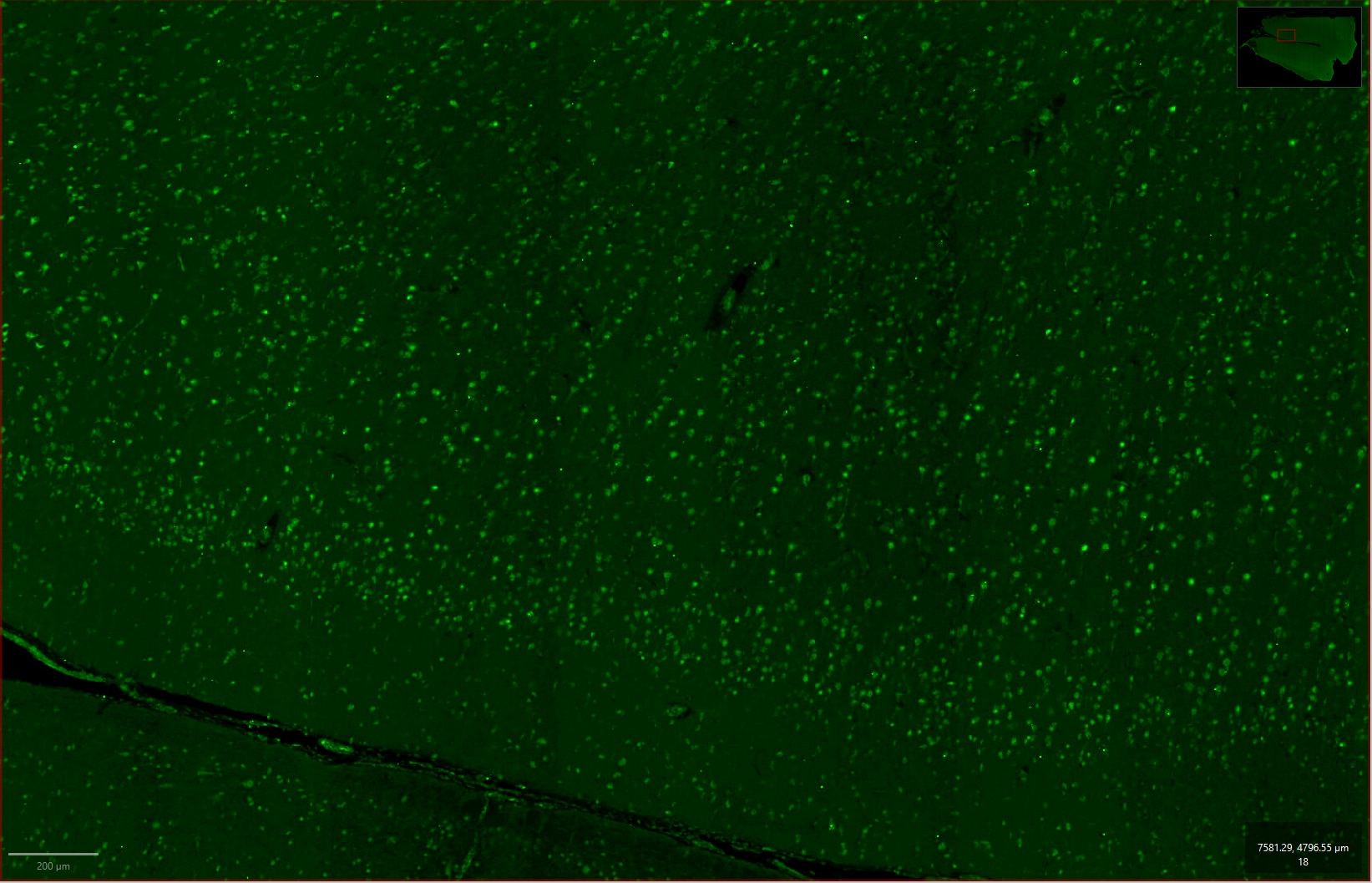 |
FH Boyan (Verified Customer) (04-17-2023) | very good for WB
|
FH Etienne (Verified Customer) (12-19-2022) | Worked once with some noisy staining at 1/200. Didn't work at any other dilution
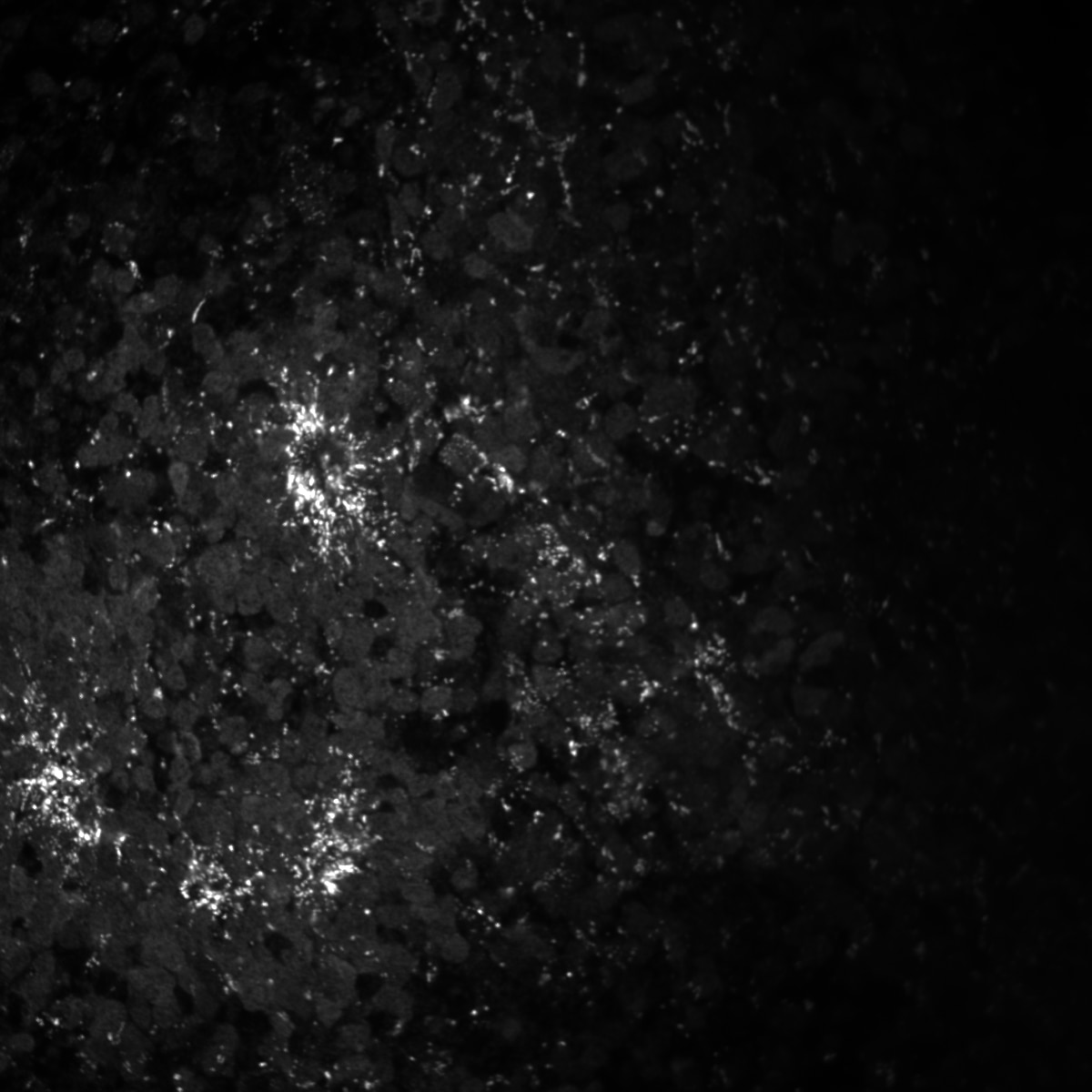 |
FH Carly (Verified Customer) (09-27-2019) | Used in an antibody array to identify proteins in human EDTA plasma.
|
